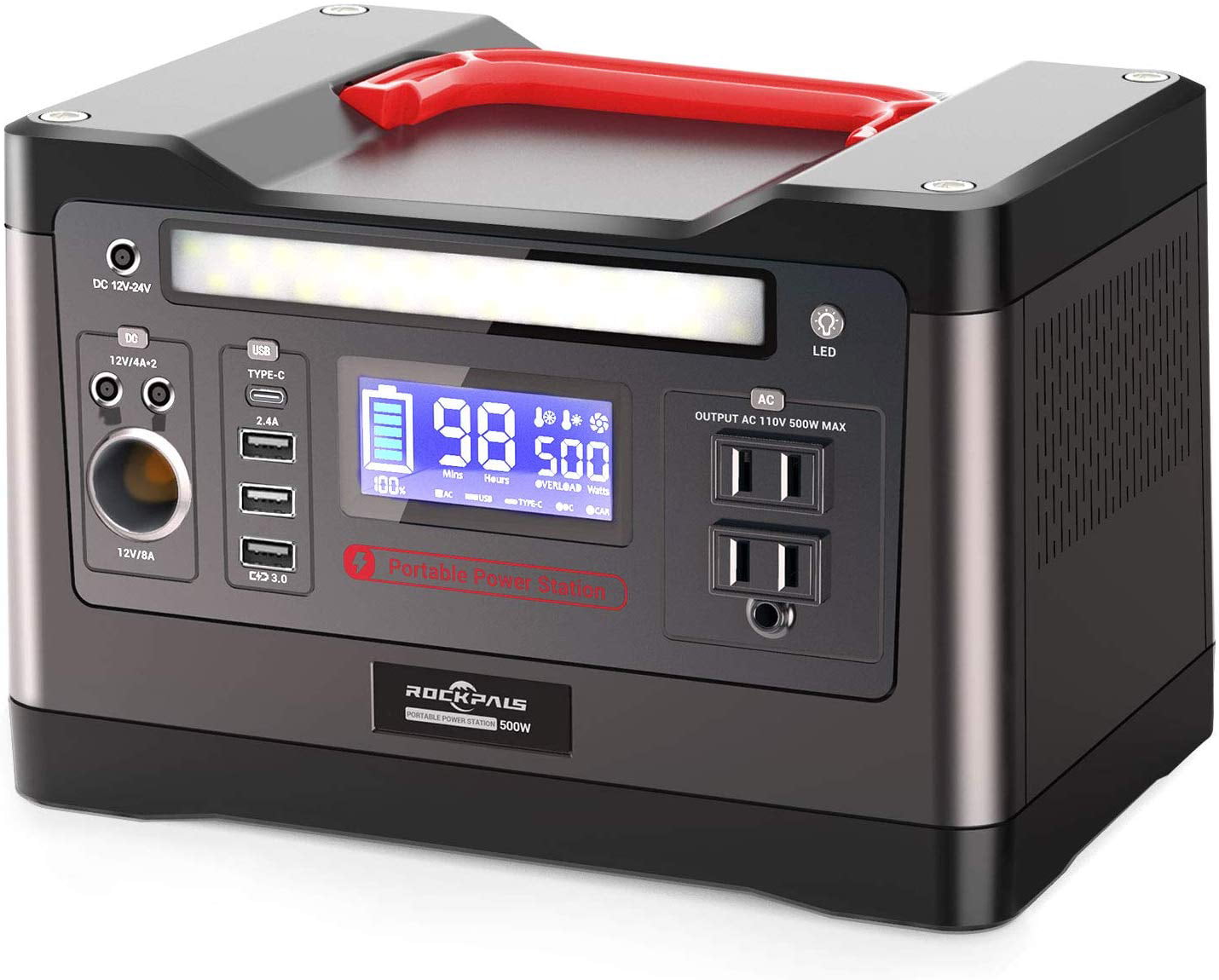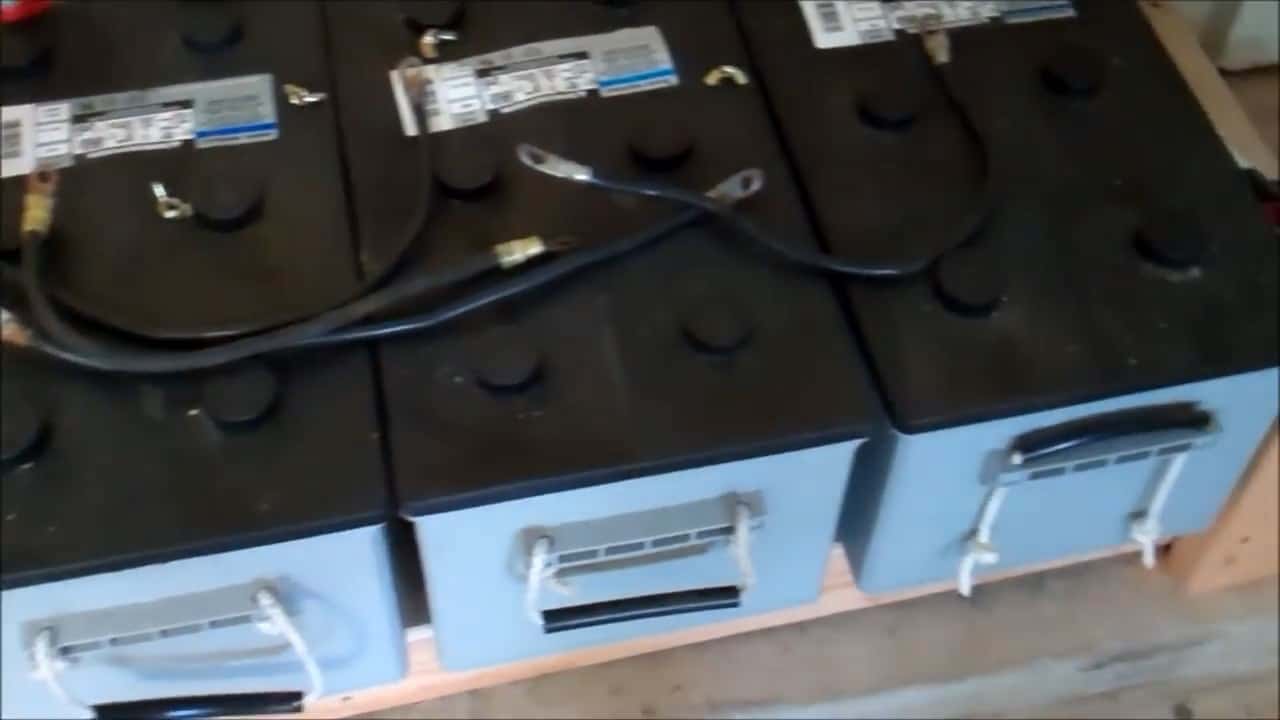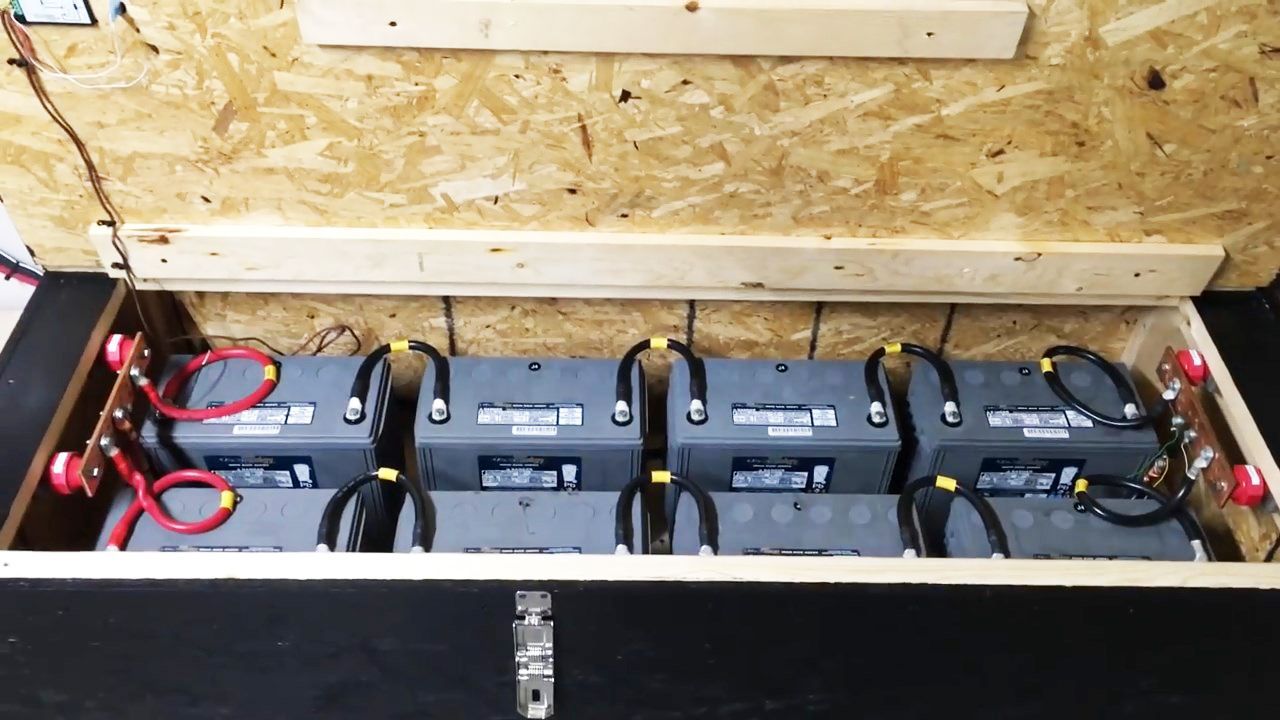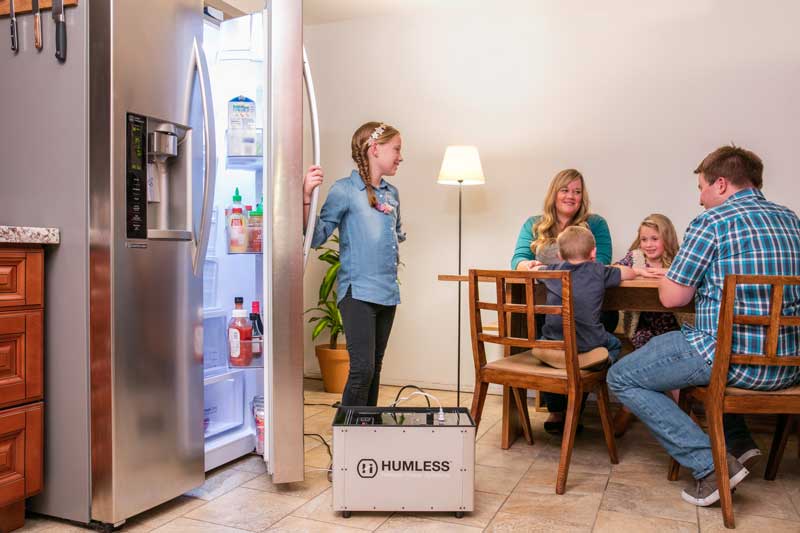
The production and assembly processes are highly energy demanding due to process heating and cooling as well as lighting, heating and air conditioning of large buildings. The industrial sector uses more delivered energy than any other end-use sector, consuming about half of the world’s total delivered energy. Secure a first-mover advantage and stay ahead of your competitors. A game-changer for the industries and ultimately for the environment. Pairing industrial energy storage solutions with renewable sources such as solar or wind allows you to maximize sustainable production and store excess green energy when it is produced. In the event of power outages, reliable backups prevent costly and potentially dangerous situations in industry production. It enables you reduce operating costs and optimize energy usage when needed the most. Perfect Power Reliability Made Simple Our intelligent lithium-powered industrial energy storage gives you control over grid power use. If you are interested in learning more about solar power, consider getting my bestselling book.Description Specification Basic Parameters
Emergency battery backup for home how to#
If you want to see how to add solar panels to this system, you can read the next article in this series here: DIY Solar Battery Backup This system is easy to make and doesn’t require tools. Optionally you can get a battery voltage monitor, which will tell you how much power is left in the battery. The total cost of this system is 308 dollars.

The 6 gauge cables with lugs will cost you $16.The 5amp battery charger will cost you $36.The inverter has good feedback online which will cost you $46.A battery from Renogy which will cost you $200.Here is a list of the components you need to make this system. Only turn on the inverter when you use it. Running the inverter non-stop will drain the battery. There are no losses mentioned in these calculations. To recharge 600Watt hours, we divide it by the power the charger delivers. After you have run the battery to 50%, we need to recharge it. If the fridge or load you are using is 100watts, then you can use the battery for 6 hours. Otherwise, the battery will degrade fast. The 12V 100Ah battery contains 1200watt hours. Let’s look at the charge and discharge time. If you want to learn more about c-rate, I recommend watching my video. If your load is higher than 240Watts, then the capacity of the battery will be reduced. To make a perfect system, you will need to add another battery in parallel to respect the C-rate of the battery.

This means that our 100Ah battery can deliver a nominal charge and discharge current of 20Amps. What about C-rate? The normal C-rate of a lead-acid battery is. If we keep the length of the wire under 6ft, we can see that we can use a 6 gauge or 16mm squared wire. The closest we can see in the table is 50Amps. If we use the table, we can see that we can use a 16 gauge or 1,5mm squared wire. The charger delivers 5Amps to the battery. Now we will take a look at the wires sizes. We will screw these directly on the battery terminal.

We will use an ANL fuse because it will match the M8 screws on the battery terminals. The closest fuse to 42Amps is 50Amps (F2). If we divide 500watts by 12volts, we become 42Amps. The charger we will use already has an inline 10A fuse. We choose 10amps because this is the closest to 5Amps. For the charger (F1), you will need a 10Amp fuse. Let’s start by taking a look at which fuses you will need. Then we will have a 500W inverter so you can power your AC loads. We will charge the battery with a 5Amp charger, which equals 60 watts. We have a 12V 100Ah AGM lead-acid battery.

This diagram includes everything you need to know, from fuse to wire sizes. The system doesn’t include solar panels to keep it simple. This system can run a fridge and a few lights for several hours during a power outage. This DIY home battery backup is perfect for preppers and to use in an emergency.


 0 kommentar(er)
0 kommentar(er)
